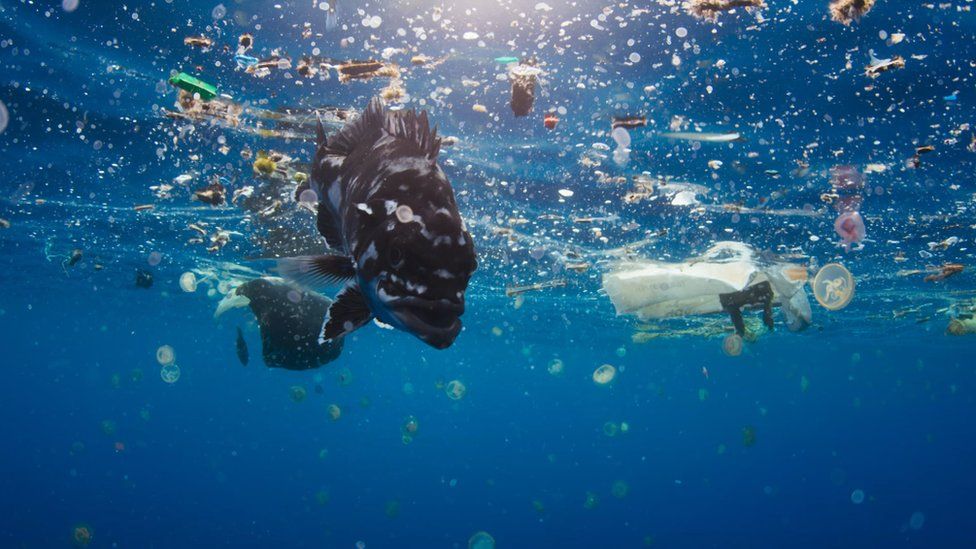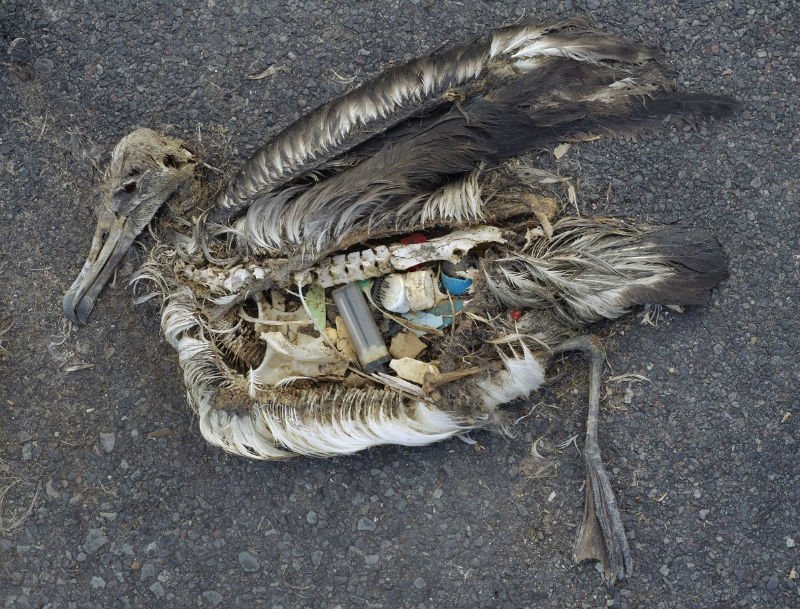Every year, more than 300 million tons of plastic are being produced worldwide. Unfortunately, a lot of them end up in landfills, where it would take thousands of years to decompose. These wastes could leak into bodies of water, causing plastic pollution. To date, around 100 million tons of plastics are floating in the oceans, which could potentially threaten the lives of marine creatures.

In recent years, a movement, called “Beat the Beads,” emerged in a bid to address a problem a lot of people are unaware of. While we already know that plastics end up in trash and landfills, many are oblivious to the fact that some of the products they use are causing harm to marine life.
Microbeads or microplastics are tiny particles, commonly used in beauty products. In a recent study conducted by RMIT University, it was found out that fish can absorb up to 12.5 percent of these particles.
While significant studies related to human and microbeads upon consumption are yet to be conducted, experts suggest not to manage risks by removing items that contain microbeads from our shelves.

Microplastics go down the drain, which then goes through sewage systems that they are unable to filter due to its small size. As a result, the particles pass through the plant and are discharged into nearby waters.
Microbeads are mostly made of polyethylene. It would take a long time before they are dissolved and truly broken down since they are also non-biodegradable and require high heat processing to break.
The risk
Scientific studies revealed that microbeads are seen in products like scrubs/peelings, shower/bath products, facial cleansers, creams, deodorants, makeup, foundations, nail polishes, eye colors, shaving creams, bubble baths, hair colorings, insect repellants, toothpaste, eyeshadows, blush powders, hairsprays, liquid makeups, mascaras, baby products, lotions, and sunscreens.
Personal care products that use them may vary in amount but, if used regularly, a household waste could amount to 94,500 microbeads per application, causing great danger to marine life and the environment.
The behavior of microbeads, however, depends on its physical-chemical components. The properties present in microbeads usually attract chemicals in the water, which then settle into them. The interaction between the chemical and microbeads would aggravate the danger it holds, especially since fish and other marine creatures mistake them for planktons or preys they end up eating—it’s been found out that marine species are unable to distinguish between food and microplastics. It is not just marine creatures that are consuming these hazards. They are also, in fact, being consumed by birds.

According to a study published in the Journal Proceedings of the National Academy of Sciences, up to 90 percent of seabirds have plastics in their guts, causing a great danger to their health.
Effects on humans
A study made by Gouin and colleagues explained that the use of polyethylene microbeads in liquid soap could result to consumption of 2.4mg of polyethylene microbead per person per day.
However, there are not enough studies about the effect of microplastics to humans. The full implications of microplastic pollution including consequences to human health is not known, but microplastics in the aquatic environments is recognized globally as a serious, emerging global environmental issue.
Efforts being made
Right now, the progress is slow but groups such as EcoWaste Coalition and Oceana Philippines have made efforts to regulate and promote in banning microbeads in the Philippines. These organizations have been active in the country in pushing forward their efforts to ban beads.
In the Philippines, there is little to no attention being given to this matter. Former Senator Miriam Defensor-Santiago proposed a bill in the past known as Microbead-Free Waters Act of 2014, which seeks to prohibit the production, manufacture, distribution, and sale of any beauty products containing plastic particles less than five millimeters in size.
Sources:
Cover
https://www.plasticsoupfoundation.org/en/2015/07/baltic-sea-severely-polluted-by-microplastics/
Beauty Products
https://news.franchiseindia.com/wellness/Korean-Beauty-products-Drive-Skincare-Growth.n15070
Fish
http://www.bbc.co.uk/newsbeat/article/42030979/blue-planet-2-how-plastic-is-slowly-killing-our-sea-creatures-fish-and-birds
Birds
https://www.open.edu/openlearn/nature-environment/environmental-studies/why-do-birds-eat-plastic






